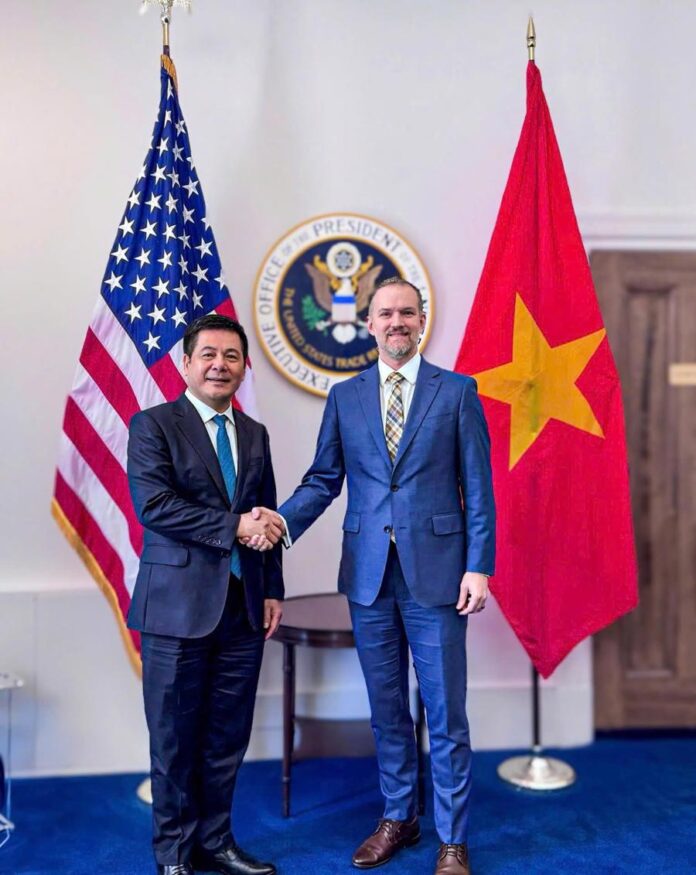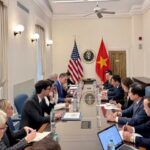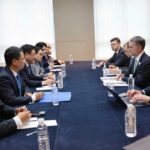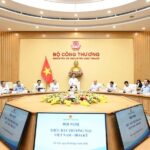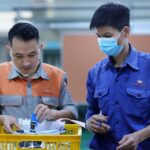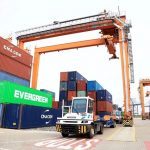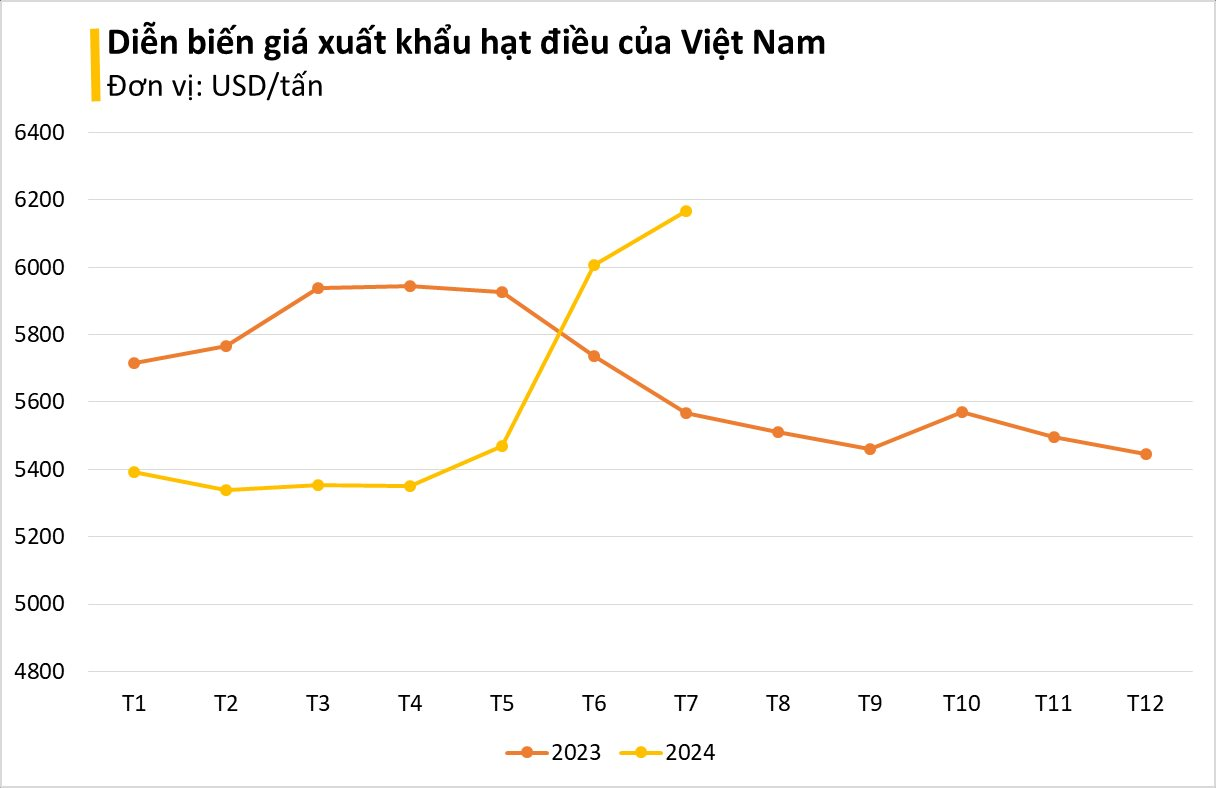Minister of Industry and Trade Nguyen Hong Dien’s visit to Washington, D.C., from June 9 to 12, 2025, was not only a significant milestone in the bilateral trade relationship but also an opportunity for Vietnam to showcase its proactive approach, goodwill, and determination to deeply integrate with the world’s leading economy.
Laying the Foundation for a Balanced Trade Agreement
As per the agreed plan, the third round of bilateral negotiations on the Reciprocal Trade Agreement between Vietnam and the United States was held from June 9 to 12, 2025, in Washington, D.C.
The negotiations were conducted in a frank, receptive, and highly constructive manner. Vietnam’s delegation, led by Minister of Industry and Trade Nguyen Hong Dien, included representatives from key ministries such as Finance, Science and Technology, Interior, Construction, Agriculture, Public Security, Justice, and the State Bank. Together, they comprehensively reviewed outstanding issues with their American counterparts.
According to the Ministry of Industry and Trade’s assessment, after four days of work, significant progress was made in narrowing differences across various important areas, including market economy recognition, high-tech trade, tariff adjustments, and market access. These issues were handled with a mutually beneficial approach, in line with each country’s development capabilities while ensuring compliance with international integration standards.
A notable highlight was the simultaneous high-level negotiation session between Minister Nguyen Hong Dien and the two highest-ranking American officials: Secretary of Commerce Howard Lutnick and U.S. Trade Representative Jamieson Greer. This was the first time the United States proposed such a trilateral negotiation format at the ministerial level, demonstrating the importance they attach to this process.
During the negotiation session, Minister Nguyen Hong Dien presented concrete ideas to resolve bottlenecks and accelerate the negotiation process. The U.S. side acknowledged and highly appreciated Vietnam’s proposals, considering them a foundation for further technical discussions in the coming period.
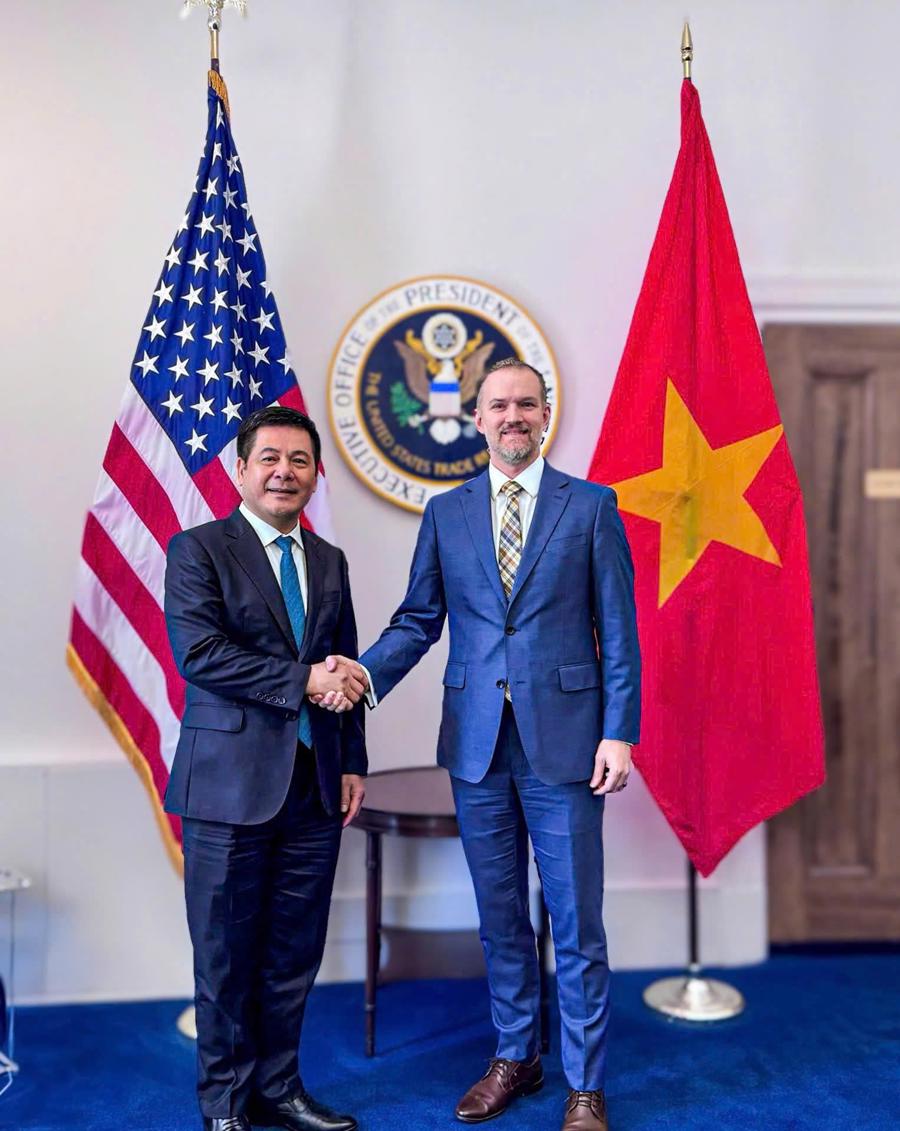
As per the plan, the two sides will maintain virtual meetings and promote high-level discussions between ministers in July 2025, aiming to finalize a draft agreement to be presented to the leaders of both countries by the end of this year.
Textile, Energy, and Retail: Expanding Bilateral Cooperation
Parallel to the formal negotiations, Minister Nguyen Hong Dien’s sideline engagements with American businesses, associations, and policymakers also left a strong impression. Corporations such as Warburg Pincus, Exxon Mobil, Nike, Walmart, and prominent names in the textile industry like Gap, Levis Strauss, Under Armour, and Hanes Brands all expressed their goodwill for cooperation and affirmed Vietnam’s strategic role in the global supply chain.
In a meeting with the Chairman of USABC and Warburg Pincus, Minister Dien called on the American business community to support Vietnam in three key areas: market economy recognition, removing high-tech barriers, and granting Vietnam preferential trade status. Mr. Jeffrey Pearlman, Chairman of Warburg Pincus, pledged long-term investment in Vietnam, considering it the fund’s second-largest market in Asia.
In the textile and footwear sector, a major export industry for Vietnam to the United States, the AAFA association and American businesses expressed their desire to maintain and expand their supply chain in Vietnam. The representatives emphasized the importance of a fair, adaptable, and sustainable trading environment.
Minister Nguyen Hong Dien committed to Vietnam being a reliable partner and proposed specific support mechanisms to enhance supply chain capabilities and comply with new ESG, labor, and environmental standards.
In the energy sector, the meeting between Minister Nguyen Hong Dien and the Vice President of Exxon Mobil focused on the Ca Voi Xanh project, a symbol of Vietnam-U.S. energy cooperation. Exxon Mobil affirmed its determination to implement the project as scheduled and hoped that the Vietnamese government would continue to facilitate procedures and mechanisms to attract large-scale investment.
In the retail sector, the two giants, Nike and Walmart, expressed their confidence in Vietnam’s investment environment. Nike currently produces nearly 50% of its footwear in Vietnam, employing over 450,000 workers.
Minister Nguyen Hong Dien proposed that Nike act as a bridge between Vietnam and the U.S. government to promote cooperation in developing a green and sustainable supply chain. For Walmart, Vietnam suggested establishing a strategic procurement center, sharing technical standards, and supporting Vietnamese businesses in improving product quality.

One of the trip’s important political highlights was the meeting with Senator Roger Marshall, a prominent figure in agriculture and trade. Minister Nguyen Hong Dien conveyed messages from General Secretary To Lam and Prime Minister Pham Minh Chinh, affirming Vietnam’s value in the comprehensive strategic partnership with the United States.
Vietnam clearly stated its position: it is ready to open its market to American goods, especially agricultural, biotechnology, and aviation products. However, the U.S. side also needs to take corresponding actions, removing technical barriers and ensuring a balance of interests. Senator Marshall appreciated Vietnam’s efforts and pledged to encourage the U.S. administration to take a more open stance.
From a long-term perspective, Minister Nguyen Hong Dien emphasized the crucial role of the American business community not only in investment but also in shaping policies, technical standards, and market development. Corporations like Nike, Walmart, and Exxon Mobil are not just investors but also strategic partners in forging the future of Vietnam-U.S. economic relations.
Vietnam has demonstrated its proactive approach, goodwill, and willingness to coordinate in resolving existing issues to achieve a fair and substantive trade agreement that benefits the people and businesses of both countries. The strategic steps taken, including high-level negotiations, policy advocacy, and business connections, reflect Vietnam’s comprehensive vision and flexible approach in the complex context of global geo-economic competition.
With a bilateral trade turnover of over $123 billion in 2024, the United States is currently Vietnam’s largest export market. Meanwhile, Vietnam is the U.S.’s 7th largest trading partner globally, a remarkable achievement for a country with a much smaller economic scale.
Key Outcomes of the Third Vietnam-U.S. Negotiation Round
1/ Main Objective of the Negotiation Round
- Promote the process of building a reciprocal trade agreement between Vietnam and the U.S. toward a balanced and sustainable economic and trade relationship.
- Propose the recognition of Vietnam as a market economy, improve the investment environment, and expand cooperation in supply chain, energy, textiles, retail, and other sectors.
- Strengthen the voice and support of American businesses and politicians for Vietnam’s strategic priorities.
Results achieved in the third round of negotiations (June 9–12, 2025)
2/ Technical Discussions
- The two sides significantly narrowed negotiation gaps and made progress in most areas based on Vietnam’s official response document submitted earlier.
- Agreed to hold subsequent virtual meetings to further discuss remaining issues.
3/ Ministerial-Level Negotiation
- For the first time, the U.S. side proposed a simultaneous negotiation format involving the Secretary of Commerce and the U.S. Trade Representative with the Vietnamese Minister of Industry and Trade.
- Minister Nguyen Hong Dien presented ideas to advance the negotiation process, which were basically agreed upon by the U.S. side as an important foundation for a formal agreement.
- Both sides agreed to task technical teams with in-depth discussions to develop content aligning with bilateral conditions and expectations.
- Sidelines Activities – Strengthening Bilateral Cooperation Foundation
4/ Meeting with Warburg Pincus & USABC
- Warburg Pincus committed to long-term investment in Vietnam, affirming that Vietnam is the fund’s second-largest market in Asia.
- USABC pledged support for Vietnam in energy, industry, green transition, logistics, and promoting a harmonious and fair trade agreement.
5/ Working with AAFA and American Textile Companies (Gap, Levis, Under Armour, Hanes…)
- The companies expressed their desire to maintain and expand their supply chains in Vietnam.
- Minister Nguyen Hong Dien requested the associations to advocate for the U.S. administration to recognize Vietnam as a market economy and remove it from high-tech restriction lists (D1, D3)
- Meeting with Exxon Mobil, Nike, and Walmart
- Exxon Mobil committed to continuing the Ca Voi Xanh project, considering Vietnam a strategic market in the energy sector.
- Nike, which produces 50% of its footwear in Vietnam, was proposed to act as a bridge to promote a green and transparent supply chain.
- Walmart was suggested to establish a strategic procurement center in Vietnam and expand imports of environmentally friendly products.
6/ Working with Senator Roger Marshall
- Minister Dien conveyed messages from Vietnam’s top leaders, affirming the country’s goodwill in negotiations and commitment to opening its market to American goods.
- Senator Marshall appreciated Vietnam’s proactive and positive role and promised to encourage the U.S. administration to take appropriate steps to enhance bilateral economic relations.
6/ Strategic Messages
- Cooperation with Vietnam is not only an economically sound choice but also holds long-term strategic value for the United States.
- Vietnam demonstrated a proactive, constructive, and cooperative approach, ready to resolve bottlenecks to advance negotiations.
- Large FDI corporations play a pivotal role in shaping the U.S. government’s perceptions and policies toward Vietnam.
- Vietnam-U.S. relations are entering a more substantive and strategic phase, with extensive economic cooperation foundations and a focus on developing a sustainable and flexible supply chain post-COVID and amid geo-political competition.
The third round of negotiations in Washington, D.C., was a strategic step forward in forging a bilateral Reciprocal Trade Agreement. The achievements not only narrowed differences but also opened opportunities to build a stable, long-term, and fair trade relationship in the new era.
High-level engagements with American businesses and lawmakers also reinforced trust and expectations regarding Vietnam’s proactive and reliable role in the global supply chain and sustainable investment ecosystem.
The New Era of Trade: Vietnam-US Negotiations for a Reciprocal Trade Agreement
Both parties have reached a high level of consensus on principles, approaches, content orientation, and negotiation plans, setting a solid foundation for future productive discussions.
The Numbers Don’t Lie: A Snapshot of Vietnam’s Market Economy
Once a nation plagued by poverty and hunger, Vietnam has emerged as a powerhouse, boasting a remarkable ascent to upper-middle-income status. The country has become a magnet for foreign investment and a key player in the global supply chain. This transformation is a testament to the resilience and determination of its people and the effective policies implemented. Today, Vietnam stands tall, ready to embrace a future of prosperity and continued growth, solidifying its place on the world stage.
Recognizing Vietnam as a Market Economy: An Analyst’s Perspective
According to an American expert, recognizing Vietnam’s market regulations will contribute to reducing trade barriers, making it easier for US businesses to export goods to Vietnam at a lower cost.

